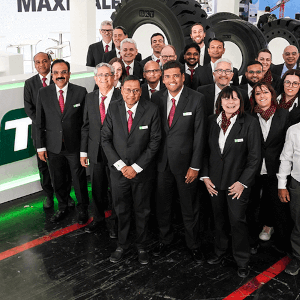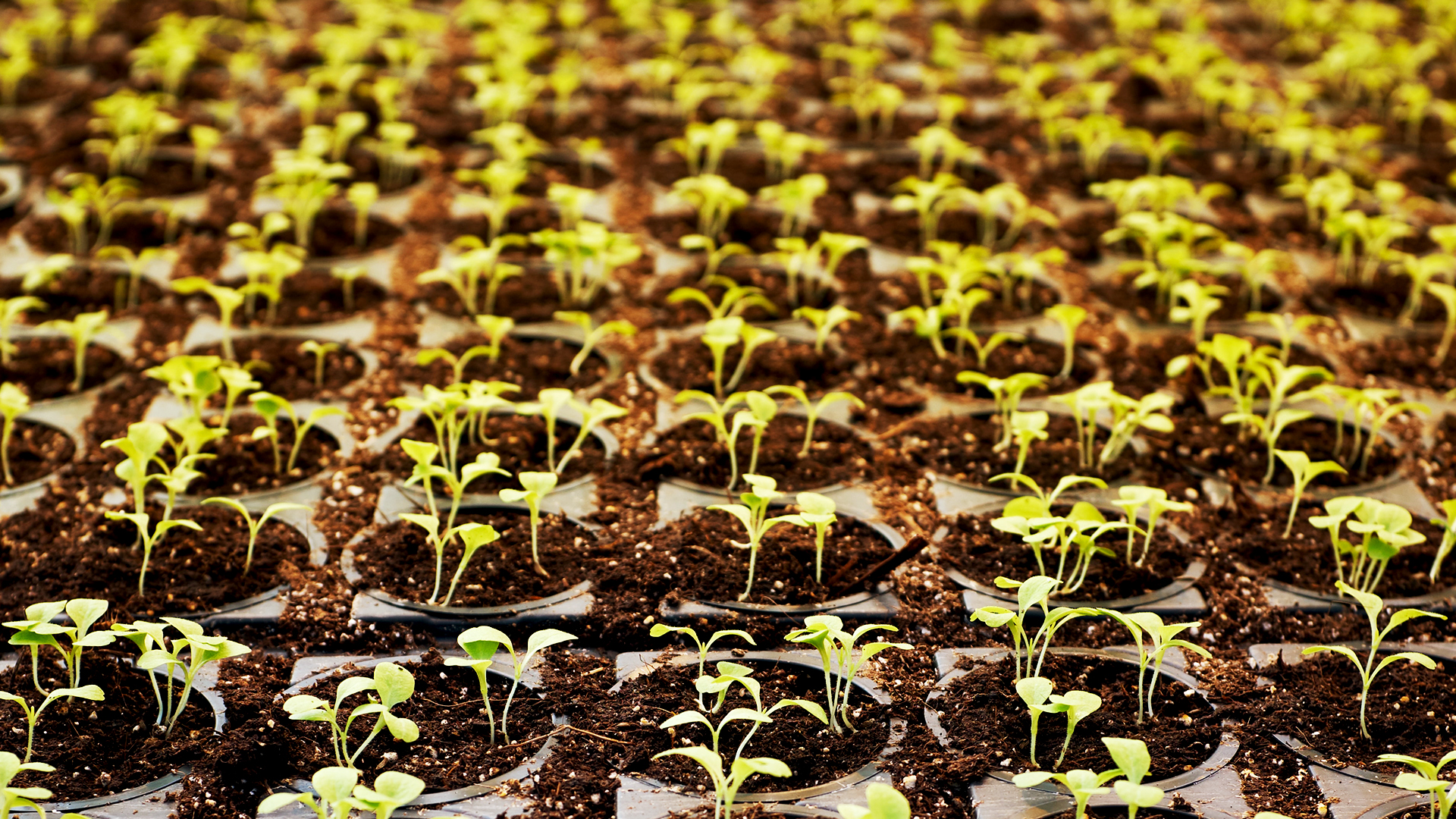In 2023, it remains our collective mission to fight the climate crisis. This involves all industries across the globe seeking innovative, more sustainable processes. The world of agriculture is no exception: recent technological developments are allowing farmers to play their part. But what are microgrids, and how do they make agriculture a brighter, greener place?
In 2023, it remains our collective mission to fight the climate crisis. This involves all industries across the globe seeking innovative, more sustainable processes. The world of agriculture is no exception: recent technological developments are allowing farmers to play their part. But what are microgrids, and how do they make agriculture a brighter, greener place?
What are Microgrids?
Microgrids are energy systems which specifically serve one local area in a self-sufficient way. Microgrids connect to the traditional energy grid, which famously connects buildings to central energy sources – although microgrids also crucially have the ability to operate independently, outside of the grid. Despite this, they generally maintain the same voltage level as the grid, although the simple flick of a switch allows them to function autonomously, should an issue arise.
But what types of energy are distributed through microgrids – and how? Well, microgrids are powered by multiple energy sources, such as solar panels, wind turbines, distributed generators and batteries. Microgrids come in all sorts of shapes and sizes; some are specifically designed to power a single building, whereas others are responsible for larger areas - such as farms. However, microgrids are consistent in other ways: they are always local, fiercely independent and hyper-intelligent!
The Role of Microgrids in Agriculture
So, now we know just how microgrids work, what is their role in the agricultural industry? It goes without saying that farms require significant energy to operate – have you seen the amount of equipment farmers use? This is particularly the case in our day and age, where technology reigns supreme, and man relies on machinery for mass production more than ever. To put it bluntly, we simply would not be able to feed the ever-growing population without the aid of energy-fuelled equipment.
However, energy is expensive, and farmers have been actively searching for more efficient, cost-effective solutions for their day-to-day energy consumption. Microgrids are a key way to use energy more efficiently, while simultaneously utilizing renewable energy sources – making your farm a more environmentally friendly place. Without further ado, let’s delve deeper into the benefits of microgrids in agriculture.
The Benefits of Microgrids
In addition to their affordability, there are many other benefits to having a microgrid on your farm – and anywhere else, for that matter! Firstly, their autonomy makes them reliable. While the interconnectedness of a traditional grid means that, if any part of the grid suffers a fault, the entire system goes down, a microgrid has the ability to operate independently – using local sources of energy. Communities – such as farms – are therefore able to be energy independent with the help of a trusty microgrid!
What’s more, microgrids can use a range of energy sources – including renewable sources such as wind turbines and solar panels. This leads us onto another pro of microgrids: their ‘green’ potential. The agricultural industry is taking valiant strides towards a more sustainable future, particularly by developing more efficient and innovative daily processes. This, of course, includes energy efficiency, as farmers attempt to reduce energy consumption, and thus, release fewer fossil fuels into the atmosphere.
There are two forms of energy which are becoming increasingly popular for this very reason: wind energy and solar energy. Wind energy is developing at a rapid pace; wind turbines, for example, convert wind into mechanical energy or electricity, therefore powering pivotal farming machinery. Solar energy allows us to utilize the heat of the sun for both indoor heating and powering equipment, while also encouraging crop growth outside of the peak seasons. Microgrids provide the opportunity to harness this renewable energy, paving the way to a greener life on the farm.
Drew Gravitt from Schneider Electric encapsulates these benefits in his 2021 article “Microgrids are self-contained electrical networks that allow you to generate and use your own electricity at your indoor (or outdoor) farming facility. [...] What sets a microgrid apart from, for example, a solar array, is control of the system.” So, in a nutshell, not only do microgrids allow us to be self-sufficient, they are also highly self-sufficient themselves!
Growing Together: A More Sustainable Future
There are a range of steps we can take to ensure the sustainable future of farming. Energy consumption is one of the prime ways in which the agricultural industry functions, yet also falters in the face of the climate crisis. However, years of innovation (long may they continue!) have led to numerous sustainable solutions; new technologies are being developed and daily processes are steadily improving as we strive to meet Net Zero.
Microgrids are one example of how energy use can be made more efficient on the farm, however, there are a plethora of other sustainable initiatives evolving as we speak - to tackle this, and other important issues pertaining to climate change. To learn more about sustainability in agriculture, read our blog here. Join BKT in our endeavours to grow together, and save our planet.






